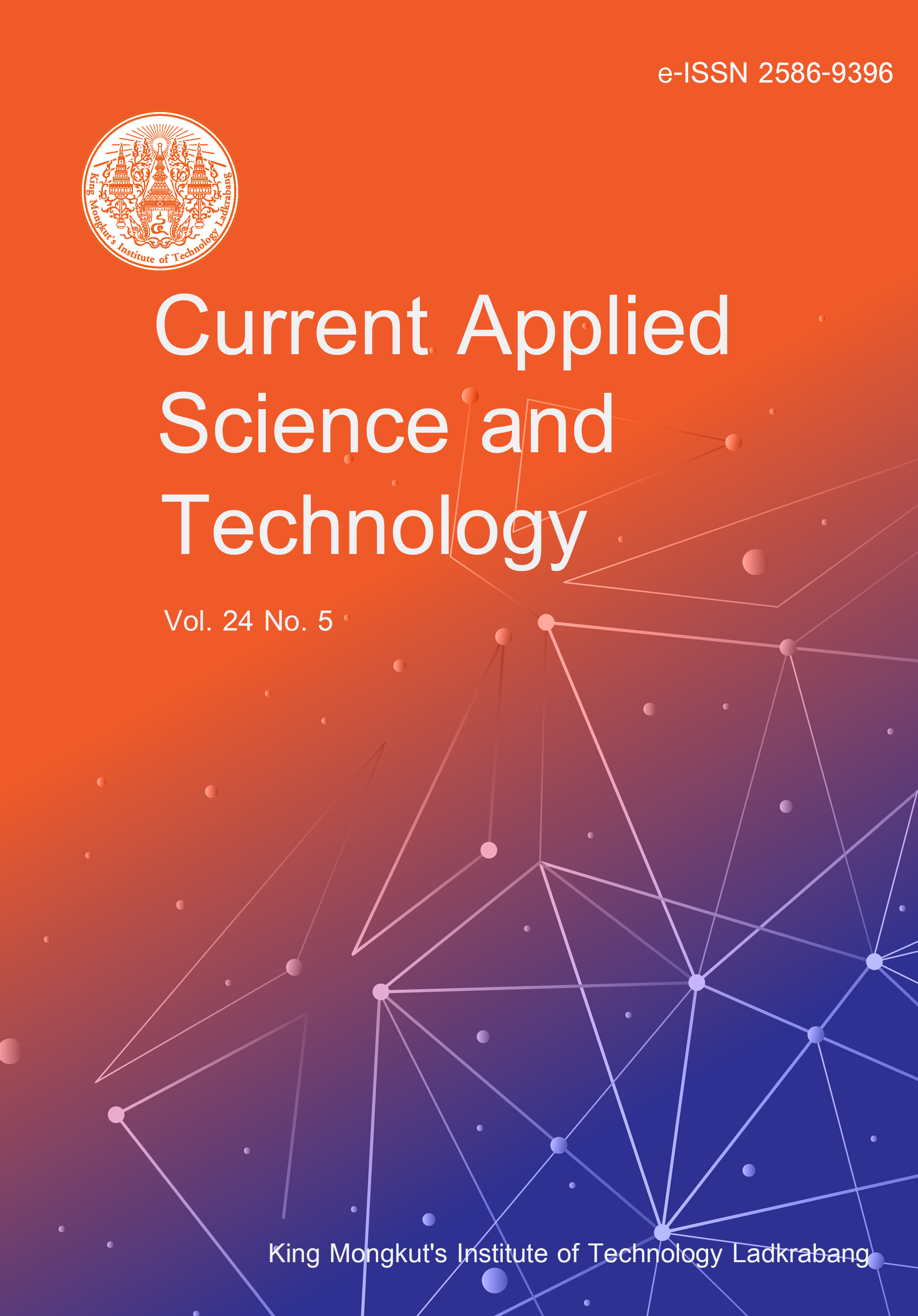Since global plastic production has been excessive over the past half-century, the amount of plastic waste generated has become one of the major environmental issues worldwide. Most plastics are petroleum-based synthetic plastics, specifically polypropylene, polyethylene, nylon, polyester, epoxy, and polytetrafluoroethylene. These plastics are associate with many environmental problems, including intensification of the greenhouse gas emissions, air pollutants, and poor water quality. Waste plastics can take decades and even centuries to decompose in the environment, and this can involve the potential leakage of pollutants into the soil, rivers and oceans, which can be harmful in our daily life. Hence, a reduction in the use of plastic is a major step in alleviating environmental concern. The aim of this article was to review the literature concerned with biodegradable pots or biopots in Thailand. The review also included main characteristics of biodegradable pots, mechanical and physical properties, environmental degradation, and latest applications of biodegradable pots. Biopots have been developed from natural materials, and they thus represent alternatives for plastic pots. In that sense, using biopots may help to better maintain the balance of nature, protect the environment, and provide a better life for future generations.
Srisunont, T. ., Wongsakoonkan, W. ., Tongphanpharn, N. ., Ratanasongtham, P. ., & Srisunont, C. . (2024). A Brief Overview of Biodegradable Pots for Sustainable Environment in Thailand. CURRENT APPLIED SCIENCE AND TECHNOLOGY, e0260109. https://doi.org/10.55003/cast.2024.260109


https://cast.kmitl.ac.th/doi/10.55003/cast.2024.260109